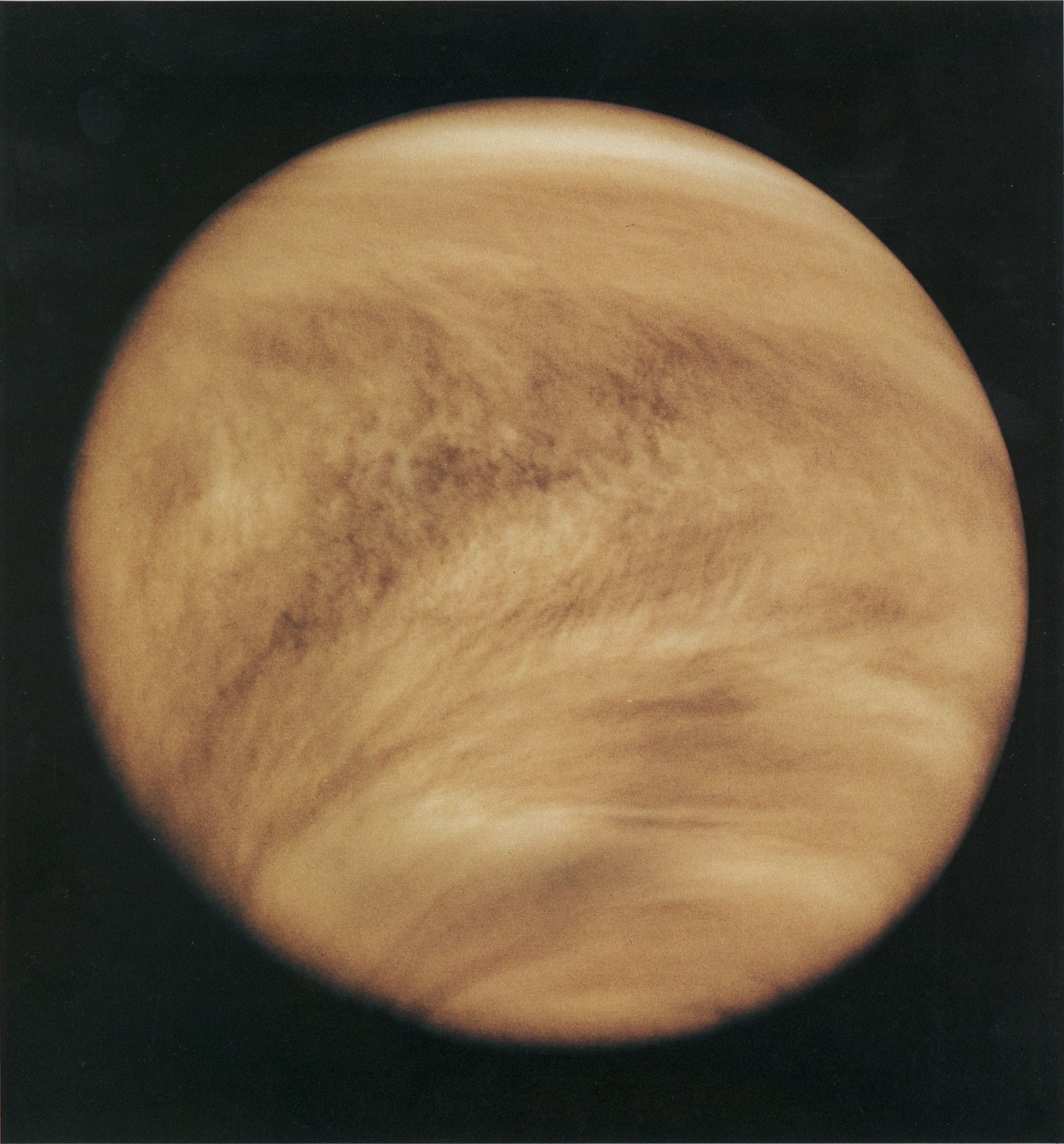Big Don
Sr. Grandmaster
Why cleaner air could speed global warming
Aerosol pollution, which is now on the downswing, has helped keep the planet cool by blocking sunlight. Tackling another pollutant, soot, might buy Earth some time.
By Eli Kintisch The LA Times EXCERPT:
April 18, 2010



You're likely to hear a chorus of dire warnings as we approach Earth Day, but there's a serious shortage few pundits are talking about: air pollution. That's right, the world is running short on air pollution, and if we continue to cut back on smoke pouring forth from industrial smokestacks, the increase in global warming could be profound.
Cleaner air, one of the signature achievements of the U.S. environmental movement, is certainly worth celebrating. Scientists estimate that the U.S. Clean Air Act has cut a major air pollutant called sulfate aerosols, for example, by 30% to 50% since the 1980s, helping greatly reduce cases of asthma and other respiratory problems.
But even as industrialized and developing nations alike steadily reduce aerosol pollution -- caused primarily by burning coal -- climate scientists are beginning to understand just how much these tiny particles have helped keep the planet cool. A silent benefit of sulfates, in fact, is that they've been helpfully blocking sunlight from striking the Earth for many decades, by brightening clouds and expanding their coverage. Emerging science suggests that their underappreciated impact has been incredible.
Researchers believe greenhouse gases such as CO2 have committed the Earth to an eventual warming of roughly 4 degrees Fahrenheit, a quarter of which the planet has already experienced. Thanks to cooling by aerosols starting in the 1940s, however, the planet has only felt a portion of that greenhouse warming. In the 1980s, sulfate pollution dropped as Western nations enhanced pollution controls, and as a result, global warming accelerated.
There's hot debate over the size of what amounts to a cooling mask, but there's no question that it will diminish as industries continue to clean traditional pollutants from their smokestacks. Unlike CO2, which persists in the atmosphere for centuries, aerosols last for a week at most in the air. So cutting them would probably accelerate global warming rapidly.
In a recent paper in the journal Climate Dynamics, modelers forecast what would happen if nations instituted all existing pollution controls on industrial sources and vehicles by 2030. They found the current rate of warming -- roughly 0.4 degrees Fahrenheit per decade -- doubled worldwide, and nearly tripled in North America
END EXCERPT
Aerosol pollution, which is now on the downswing, has helped keep the planet cool by blocking sunlight. Tackling another pollutant, soot, might buy Earth some time.
By Eli Kintisch The LA Times EXCERPT:
April 18, 2010
You're likely to hear a chorus of dire warnings as we approach Earth Day, but there's a serious shortage few pundits are talking about: air pollution. That's right, the world is running short on air pollution, and if we continue to cut back on smoke pouring forth from industrial smokestacks, the increase in global warming could be profound.
Cleaner air, one of the signature achievements of the U.S. environmental movement, is certainly worth celebrating. Scientists estimate that the U.S. Clean Air Act has cut a major air pollutant called sulfate aerosols, for example, by 30% to 50% since the 1980s, helping greatly reduce cases of asthma and other respiratory problems.
But even as industrialized and developing nations alike steadily reduce aerosol pollution -- caused primarily by burning coal -- climate scientists are beginning to understand just how much these tiny particles have helped keep the planet cool. A silent benefit of sulfates, in fact, is that they've been helpfully blocking sunlight from striking the Earth for many decades, by brightening clouds and expanding their coverage. Emerging science suggests that their underappreciated impact has been incredible.
Researchers believe greenhouse gases such as CO2 have committed the Earth to an eventual warming of roughly 4 degrees Fahrenheit, a quarter of which the planet has already experienced. Thanks to cooling by aerosols starting in the 1940s, however, the planet has only felt a portion of that greenhouse warming. In the 1980s, sulfate pollution dropped as Western nations enhanced pollution controls, and as a result, global warming accelerated.
There's hot debate over the size of what amounts to a cooling mask, but there's no question that it will diminish as industries continue to clean traditional pollutants from their smokestacks. Unlike CO2, which persists in the atmosphere for centuries, aerosols last for a week at most in the air. So cutting them would probably accelerate global warming rapidly.
In a recent paper in the journal Climate Dynamics, modelers forecast what would happen if nations instituted all existing pollution controls on industrial sources and vehicles by 2030. They found the current rate of warming -- roughly 0.4 degrees Fahrenheit per decade -- doubled worldwide, and nearly tripled in North America
END EXCERPT

